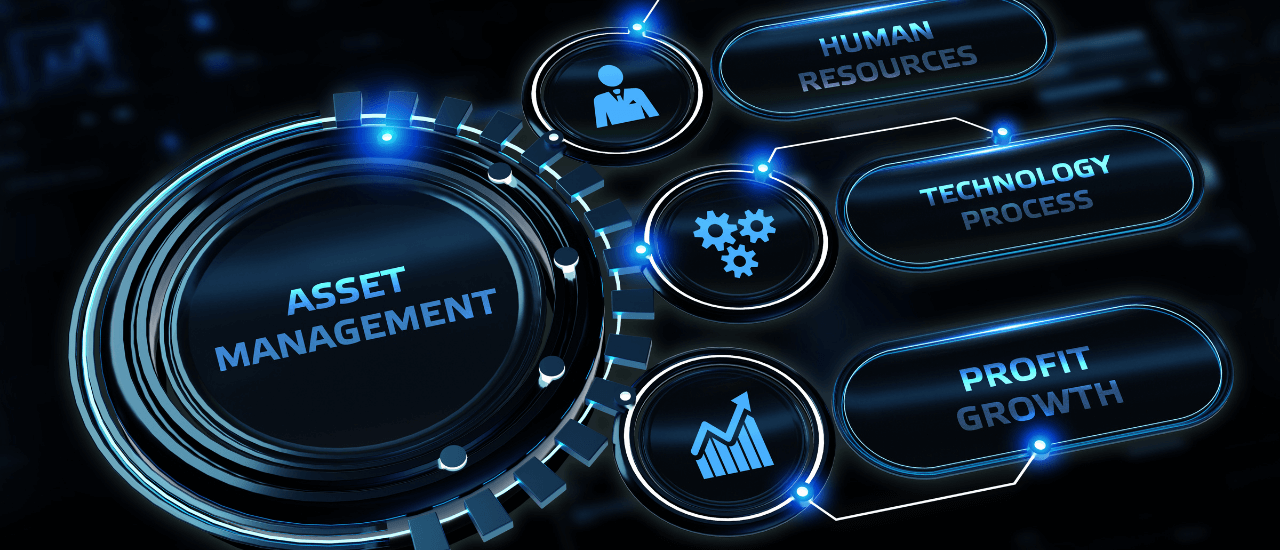
How to Perform Asset Tokenization?
What are Tokenized Assets?
Tokenized assets are digital assets built using blockchain technology and represent their ownership over particular intangible and intangible assets. Thus, asset tokenization is the process of creating digital tokens on the blockchain network. It guarantees that once such tokens are bought, no single authority can erase or change its ownership. Thus, ownership of digital tokens remains immutable. Broadly there exist two forms of asset tokenization – fungible and non–fungible. Fungible Asset tokenization is generally interchangeable which means it unit of the token has the same market value and validity and is divisible to any decimal place which they were configured for during their issuance. On the other hand, non-fungible asset tokens can neither be replaced nor are further divisible. Moreover, these tokens differ from each other and are thus unique in their attributes.
Features of Tokenized Assets
These asset-backed tokens that work on the idea of smart contracts provide unique functionalities to fulfill specific asset management needs. Some of the fundamental functional benefits of tokenized assets are mentioned here.
-
- Fractional Asset Ownership
-
- Peer-to-Peer Asset Trading
-
- End-to –End Asset Traceability
-
- Smart Contract – based Automation
-
- Compliance Fulfillment
-
- Automated Recordkeeping
Benefits of Asset Tokenization for Owners and Investors
Both owners and investors enjoy immense benefits from the tokenization of assets. Owners are able to enhance the liquidity of their underlying assets. Since tokenization brings certain discounts and incentives, therefore owners enjoy fair prices with reduced management costs too. On the other hand, investors see the process of tokenization as a way to accelerate liquidity and enjoy the benefit of shorter lock-up periods. Furthermore, tokenization makes the process transparent and secure for investors.
Steps Involved in Asset Tokenization
Some of the key steps that are involved in the process of introducing tokenized assets are as follows.
Selection of Asset
It begins by identifying the asset that needs to be tokenized, such as real estate, physical commodities like precious stones or marbles, artwork, intellectual property rights, medicine, cryptocurrency, collectibles, etc.
Defining the Token Type and Tokenomics Model
Another important step is to decide the type of token - a utility or security token. This decision is generally taken based on the country and industry-specific legal regulations. Furthermore, the Tokenomics model of the asset is decided based on the supply and demand characteristics of the token which outlines its value and defines associated rights.
Choosing the right Blockchain Platform
The blockchain platform is the key component involved in the process of asset tokenization. Developing smart contracts to the program as per the behavior of the tokenized asset is what such a platform facilitates. Furthermore, they provide support to automate compliance checks with legal regulations.
Integrating Asset Solutions and Issuing Token
At this stage, the tokenized asset solutions are integrated with required systems such as accounting software, payment gateways, KYC/AML verification, crypto wallet, and more. After this, the final token is issued in the form of ITO, STO, or IDO, on the third-party blockchain platform and becomes available for purchase.
What factors to consider while performing Asset Tokenization?
According to experts following practices shall be kept in mind to increase the chances of asset tokenization.
-
- Conduct a thorough analysis of the available blockchain platforms by evaluating their transaction process and economic feasibility for asset tokenization.
-
- Focus on maximizing the automation for issuing, managing, and trading tokenized assets in order to eliminate the manual process involved in asset transactions.
-
- Ensuring that the integration of the tokenized asset management solution is relevant to avoid duplicacy.
-
- Enhancing the protection of tokenized assets and sensitive business data that is stored over a blockchain.
Future of Asset Tokenization
The process of tokenization is believed to transform the idea of asset management and democratize its access to the markets while ensuring security and transparency. However, the legal compliances are the only challenge that may affect this process yet it differs on the basis of the nature of assets and type of token. Thus, the only need for an hour is to bridge the legal gap between assets and distributed ledger technology for addressing asset management issues.
